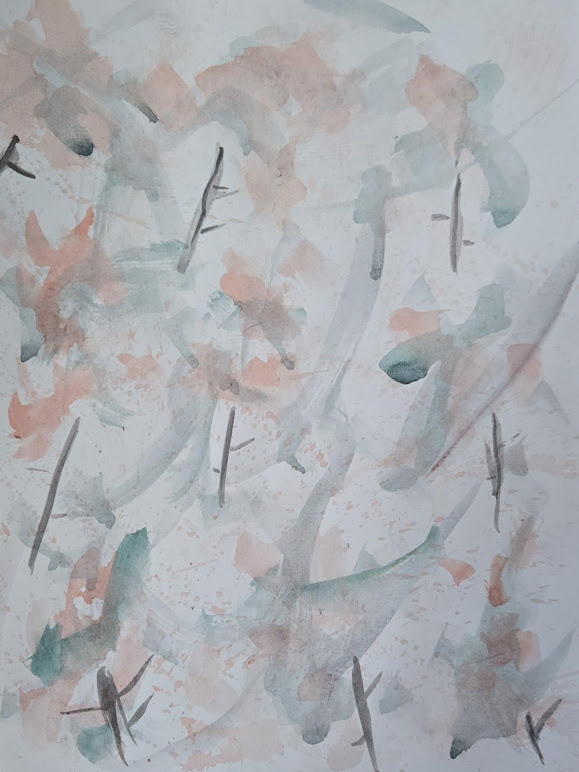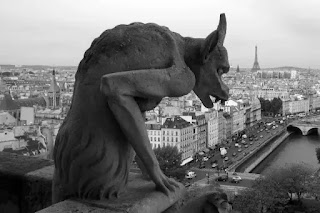Few figures expelled from the furnace of the French Revolution embody its contradictory raptures with greater intensity than Georges Jacques Danton. His presence appears carved rather than cultivated, a body shaped by pressure rather than polish, thick with appetite and force. He entered history bearing the marks of excess from the outset, his features broad, his voice volcanic, his gestures expansive to the point of menace. Where others approached revolution as doctrine or purification, Danton inhabited it as experience. He did not argue the Revolution into being. He roared it, sweated it, carried it in his lungs and gut, until it moved through him like a contagious fever. The same energies that accelerated the revolutionary rupture gathered within him, preparing in advance the logic of his own destruction.
Born far from the Parisian nerve centers of power, in a provincial town whose name still echoes with rustic anonymity, Danton’s origins promised no destiny beyond local prominence and comfortable obscurity. Yet certain individuals appear less born than released, as if historical pressure had merely been awaiting a vessel. His voice, deep, unruly, soaked in convivial excess, disrupted rooms before ideas had time to settle. In the clubs, cafés, and subterranean corridors of the capital, he absorbed the year 1789 not as theory but as metabolism. Revolution passed through him as breath, sweat, and gesture. He was not fashioned for abstraction. He supplied what the moment demanded: momentum, density, audacity.
The early Revolution required neither saints nor systematizers. It required speed. Danton provided it. Where Robespierre embodied the chill purity of principle, sharp and unyielding, Danton radiated heat. He organized the Cordeliers not as a legislator but as a street general, his authority deriving from presence rather than coherence. His speeches advanced with the force of mass rather than argument, overwhelming rather than persuading. In moments of panic and volatility, this was not a defect but an advantage. During the crisis of 1792, when the monarchy faltered and the capital trembled with premonition, Danton’s exhortations catalyzed action with brutal efficiency. His cry for audacity did not instruct. It ignited.
Installed as Minister of Justice, he spoke as though the city itself had found a mouth. His words moved simultaneously upward and downward, reaching ministers and crowds, pulpits and prisons. Yet the very qualities that rendered him indispensable during revolutionary birth-pangs proved incompatible with revolutionary consolidation. As the provisional violence of necessity hardened into ideology, appetite became suspect. The Revolution, having learned to justify itself in the language of virtue, began to recoil from the bodies that had delivered it.
Danton’s pleasures, always visible and unapologetic, collided with the emerging asceticism of power. His convivial corruption offended less because of its material effects than because of what it symbolized: compromise, contingency, human weakness. Where Robespierre refined terror into a sacrament, Danton retained a sense of proportion. He recognized violence as instrument rather than destiny. When he began to speak of restraint, of exhaustion, of mercy, the revolutionary mechanism registered his hesitation as treason.
At this point, the descent accelerates. The Revolution no longer required persuasion. It had become self-moving, self-justifying, its tribunals operating with the impersonal certainty of a machine that mistakes purity for survival. Danton’s retreat from the logic of escalation appeared as betrayal precisely because it revealed the possibility of stopping. His trial unfolded not as deliberation but as ritual. His rhetoric, once seismic, now ricocheted uselessly against a structure that no longer listened. In 1794, the year of revolutionary winter, he was summoned as offering rather than defendant.
His final performances retained their theatrical voltage. He mocked. He warned. He prophesied succession. Yet the guillotine does not respond to language. It enacts punctuation without semantics. On the day of his execution, his insistence that his head be shown to the people carried the grim lucidity of one who understood the Revolution as spectacle. The severed head raised before the crowd functioned as both relic and lesson: the extinction of oratory, the neutralization of excess.
With Danton’s death, the Revolution shed one of its founding modalities. Something warm and volatile vanished, replaced by glacial rectitude. His elimination cleared the stage for a politics that preferred abstraction to flesh, incorruptibility to contradiction. Danton had been excessive in every register. Too loud, too visible, too compromised. Yet revolutions begin precisely in such surfeit. They require bodies that exceed discipline before discipline can be imposed.
Danton endures not as hero or martyr, but as meteorology. A pressure system. A necessary vulgarity without which the event itself would never have ignited. His annihilation does not diminish his stature. It completes it. In his destruction, the Revolution’s tragic structure becomes legible. He was not simply an actor within it. He was one of its conditions of possibility, a field of force upon which it could stage itself, and against which it would inevitably recoil.
In this sense, Danton belongs less to history than to theater, and not even as a character, but as the stage itself: the site of amplification, excess, and eventual collapse. The curtain fell because it had to. The play could not survive its own heat.










,_orateur_et_homme_politique_-_P712_-_mus%C3%A9e_Carnavalet.jpg)




